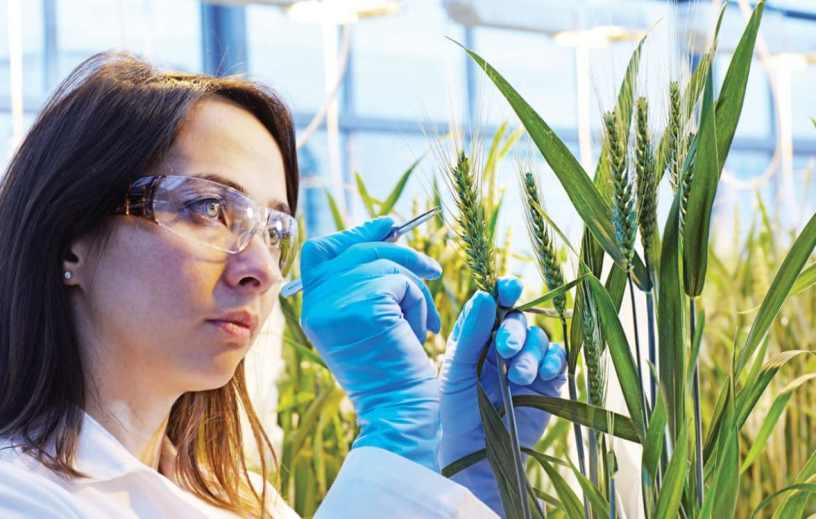In the rapidly evolving landscape of agriculture, the integration of smart farming technologies is reshaping traditional practices and steering the industry towards a more sustainable and efficient future. This innovative approach involves the strategic use of cutting-edge technologies to optimize various farming processes. Let’s delve into the details of how smart farming is revolutionizing agriculture and contributing to a more sustainable ecosystem.
1. Precision Farming: Smart farming relies heavily on precision farming techniques, where advanced technologies such as GPS-guided tractors and drones are employed to optimize the use of resources like water, fertilizers, and pesticides. This precise application ensures that only the necessary amount of inputs is used, minimizing waste and environmental impact.
2. IoT (Internet of Things) Integration: The incorporation of IoT devices on farms enables real-time monitoring and data collection. Sensors placed in the soil, on equipment, and even on livestock provide valuable information regarding soil health, machinery performance, and animal well-being. This data-driven approach empowers farmers to make informed decisions, enhancing overall productivity and reducing resource consumption.
3. Data Analytics in Agriculture: Smart farming leverages the power of data analytics to interpret the vast amount of information collected from various sources. This includes weather patterns, crop health, and market trends. Analyzing this data allows farmers to anticipate challenges, optimize crop yields, and make strategic decisions that contribute to sustainable farming practices.
4. Automated Machinery and Robotics: The integration of automated machinery and robotics is a game-changer in modern agriculture. Autonomous tractors, robotic harvesters, and drones streamline labor-intensive tasks, reducing the need for manual labor and minimizing the environmental impact associated with traditional farming practices.
5. Sustainable Crop Management: Smart farming practices extend to sustainable crop management techniques. This includes the use of cover crops, crop rotation, and agroforestry to enhance soil fertility, reduce erosion, and promote biodiversity. These methods not only contribute to the long-term health of the land but also support a more resilient and sustainable agricultural system.
6. Vertical Farming and Controlled Environment Agriculture (CEA): The future of agriculture embraces vertical farming and CEA to overcome challenges such as land scarcity and climate change. By growing crops in vertically stacked layers and controlled environments, farmers can achieve higher yields with fewer resources. This approach minimizes the environmental impact and ensures a more reliable and sustainable food supply.
7. Energy-Efficient Practices: Smart farming extends its reach to energy consumption on farms. The adoption of renewable energy sources, such as solar panels and wind turbines, reduces the carbon footprint of agriculture operations. Additionally, smart grids and energy-efficient technologies contribute to more sustainable farming practices.
In conclusion, the future of agriculture lies in the hands of those who embrace smart farming technologies and sustainable practices. The integration of precision farming, IoT, data analytics, automation, sustainable crop management, vertical farming, and energy-efficient practices collectively paves the way for a more sustainable and efficient agricultural industry. As we navigate this evolving landscape, it’s clear that smart farming is not just a trend but a necessity for cultivating a greener and more prosperous future.

